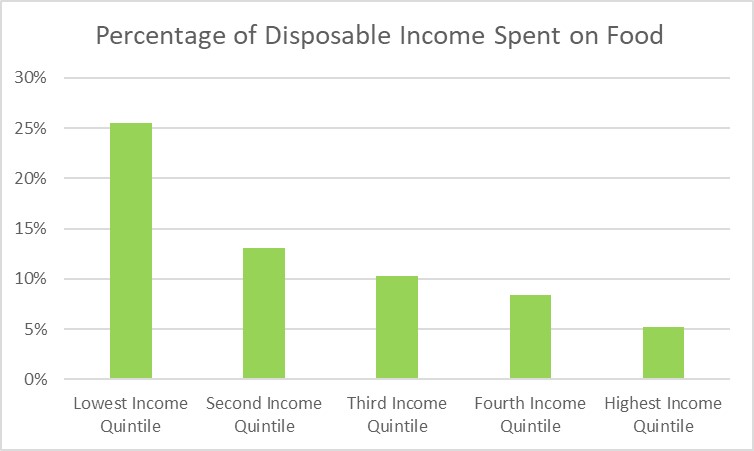
Food Freedom Day and the challenges faced by lower-income Canadian households
Today is Food Freedom Day.
Each year, the Canadian Federation of Agriculture (CFA) examines the proportion of income that Canadians spend on food to explore year-over-year changes and raise consumers’ understanding of Canada’s food system, from Farm-Gate-to-Plate.
CFA calculated that by Feb. 9 a Canadian household of average income will have earned enough to pay for their entire year’s grocery bill.
Canadians spent 11.1 per cent of their disposable income on food in 2023, which is slightly higher than the 11 per cent of disposable income spent on food in 2022.



